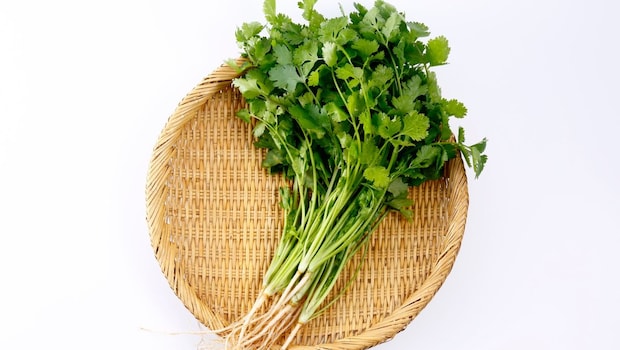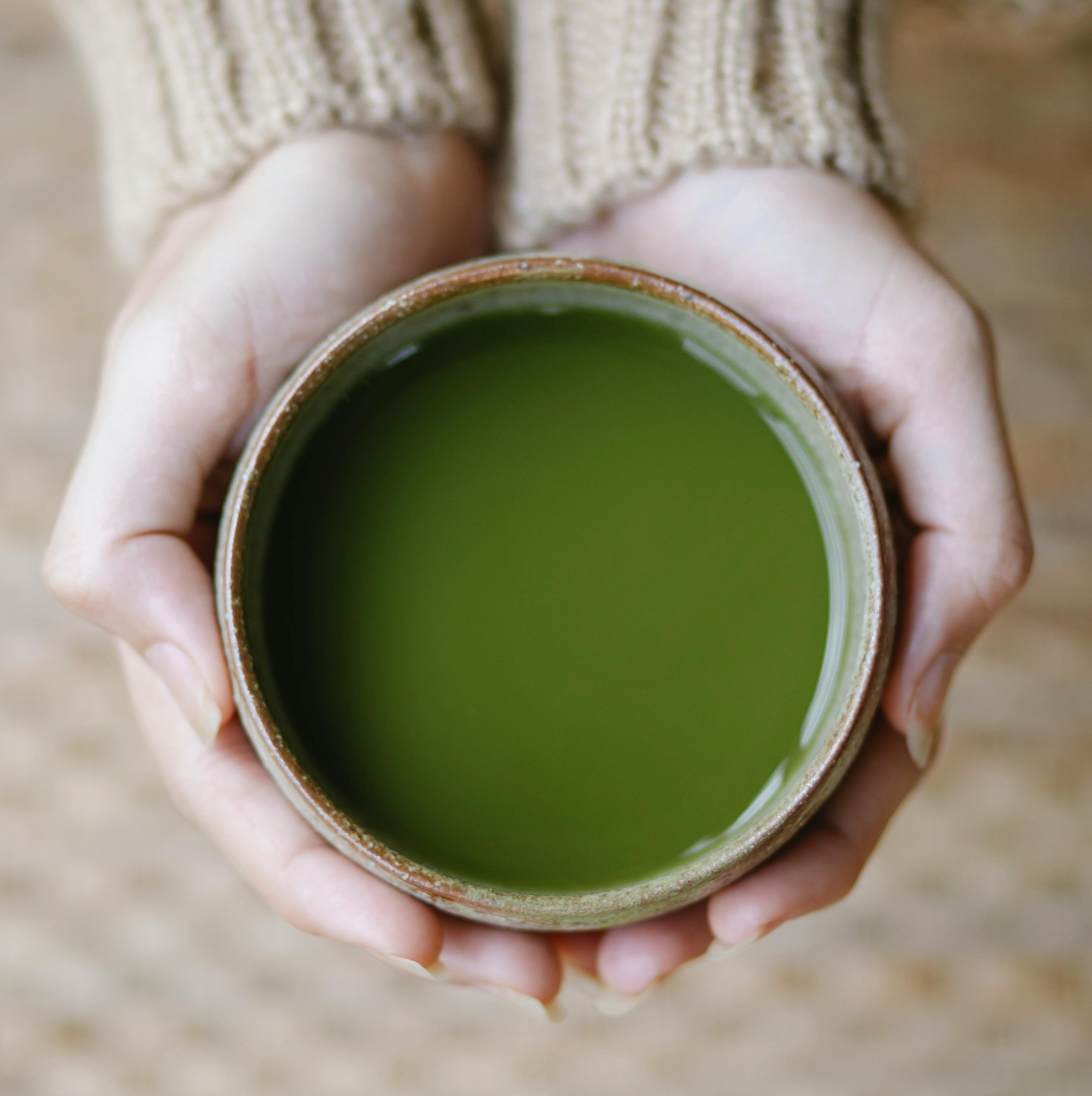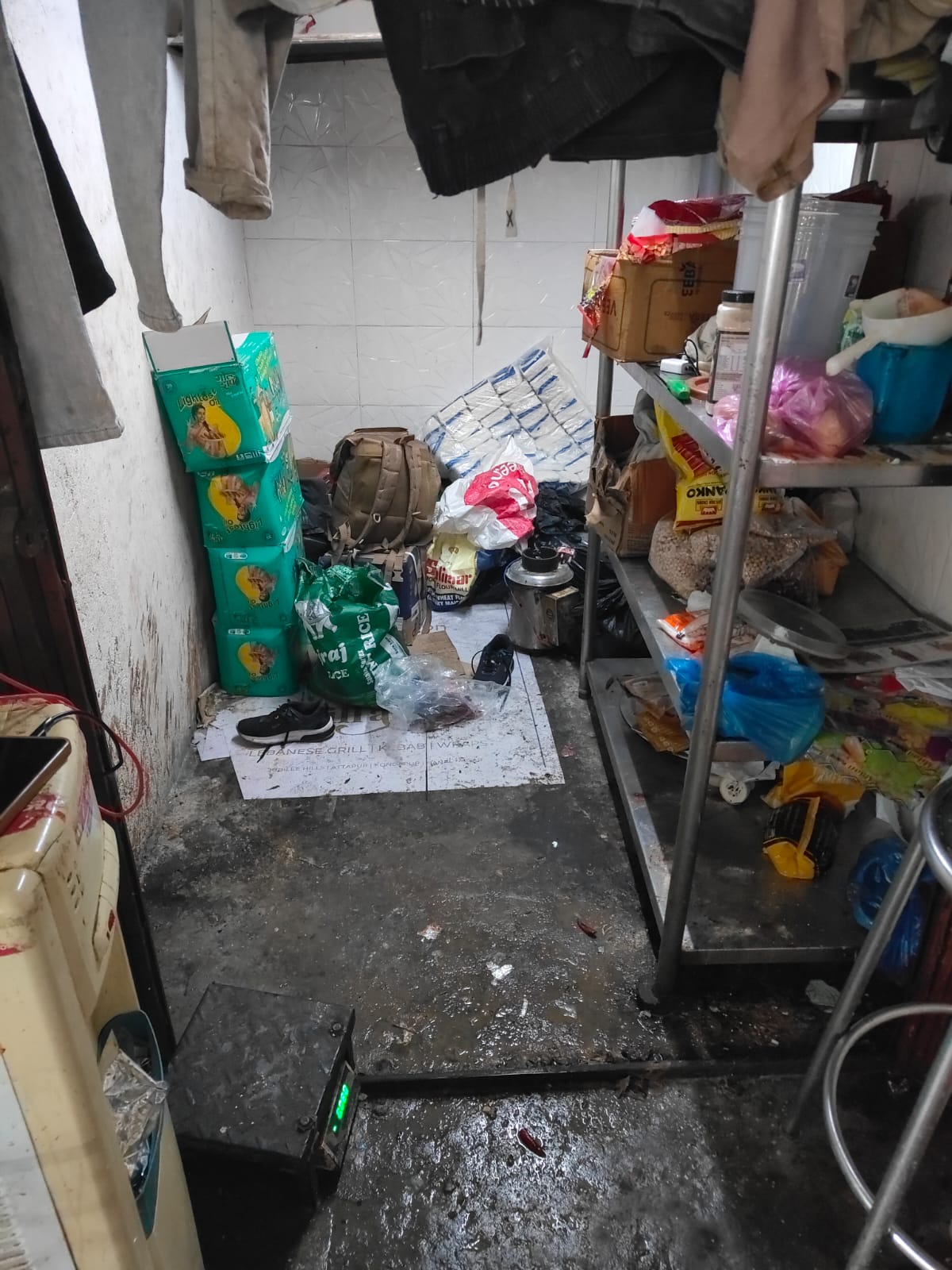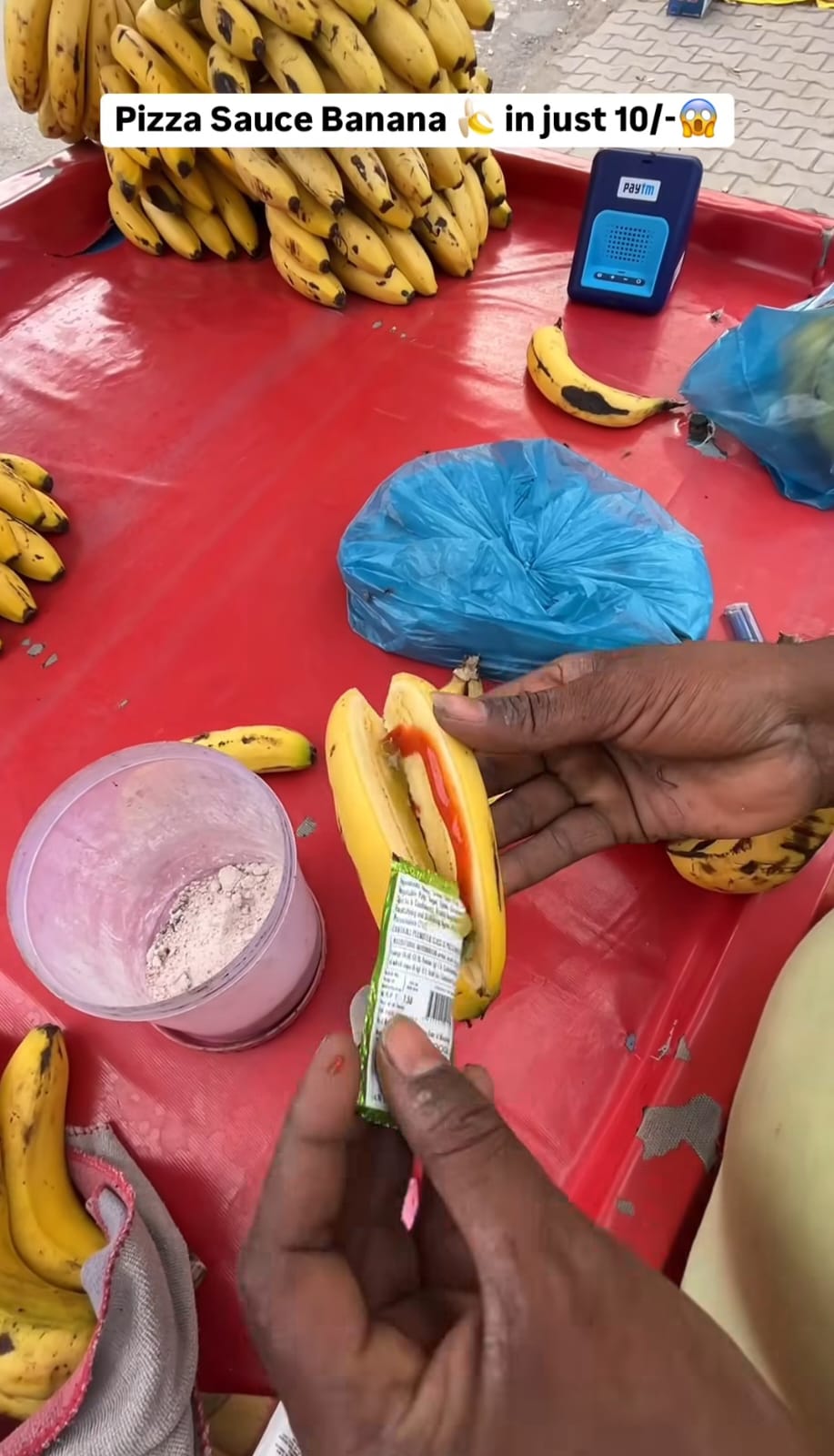Let us agree on one thing. Coriander is the quiet hero of Indian kitchens. Whether it is sprinkled over dal tadka, blended into a spicy chutney, or used as the finishing touch on biryani, this herb (fondly called dhania) lifts flavours instantly. The only problem? It wilts faster than your tea cools on a rainy day. One moment it looks bright and green, the next it turns limp and sad. If you have ever thrown away a slimy bunch, you know the pain. But here is the good news: you do not need fancy equipment to keep coriander fresh.
With a mix of science-backed tricks, market smarts, and a few everyday hacks, coriander can last for a week or even longer.
Also Read: Coriander Leaves Water: A Natural Solution for Effective Weight Loss
Why Does Coriander Spoil So Fast?
Coriander is a delicate herb with high water content and thin cell walls. The moment it is harvested, it begins to lose moisture. Warm temperatures, trapped humidity, and ethylene gas from fruits such as bananas or apples speed up the spoilage. If the leaves remain damp and packed tightly without air circulation, microbial growth sets in quickly.
In short, coriander spoils due to:
- Moisture trapped in leaves
- Lack of airflow
- Exposure to ethylene gas
- Poor washing and drying practices
Knowing these reasons makes it easier to pick the right storage method.

Photo Credit: Canva
How To Pick The Freshest Coriander At The Market
Storage begins not in your fridge but at the sabzi mandi. If you buy a poor-quality bunch, no hack will save it.
- Look for crisp stems and bright green leaves
- Skip any bunch with yellowing or slimy spots
- Smell it: fresh coriander has a sharp, citrus-like fragrance
- Roots are fine at purchase but trim them before storage
Tip: If your fridge stays humid, buy smaller bunches more often instead of bulk buying, which usually ends up in waste.
Also Read: 9 Superb Ways You Can Use Excess Coriander (Dhaniya) Leaves To Make Yummy Dishes
5 Tried And Tested Methods To Store Coriander For Longer:
Here are five reliable ways to make your coriander last well beyond a couple of days. Each one suits a different kitchen style.
1. Jar Method (Herb Bouquet Style)
- Best for: Whole bunches with stems
- Shelf life: 7-10 days
This technique works the same way florists keep flowers fresh. The stems remain hydrated while the leaves stay protected from dryness.
How it works:
- Trim stem ends to expose fresh tissue
- Place upright in a jar half-filled with water
- Loosely cover the leaves with cling wrap or a plastic bag
- Store in the fridge and change water every two to three days
Tip: Do not overcrowd. If the bunch is large, split it into two jars.
2. Paper Towel Wrap
- Best for: Washed and dried leaves
- Shelf life: 5-7 days
The slightly damp towel maintains moisture without turning leaves soggy. This low-effort method works well in humid weather.
How it works:
- Wash leaves gently and dry them
- Wrap in a slightly damp paper towel
- Place inside a zip-lock bag or airtight container
- Store in the fridge's vegetable drawer
Tip: Do not stuff too much inside one bag. Even sealed storage needs airflow.
3. Airtight Container With Layering
- Best for: Chopped or prepped coriander
- Shelf life: 7-10 days
If you prep your meals ahead, this is ideal. Paper towels absorb extra moisture while the container keeps out excess air.
How it works:
- Wash and dry coriander thoroughly
- Line the bottom of an airtight container with a dry paper towel
- Add coriander in loose layers, separating each with another towel
- Seal and refrigerate
Tip: Use a shallow, wide container so the leaves do not get crushed.
4. Turmeric Water Pre-Soak
- Best for: Extending shelf life beyond a week
- Shelf life: 2-3 weeks
Turmeric acts as a natural antibacterial, making this a strong option during monsoon or in damp kitchens.
How it works:
- Mix 1 tsp turmeric in a bowl of water
- Soak coriander for 30 minutes
- Rinse, dry fully, and store using the towel or container method
Tip: Stick to organic turmeric and rinse carefully to prevent stains.
5. Herb Keeper Box
- Best for: Heavy users of herbs
- Shelf life: 10-14 days
If you use coriander daily, this investment pays off. Herb keepers regulate airflow and hydration for maximum freshness.
How it works:
- Place coriander inside a herb keeper with a water base and ventilated lid
- Store in fridge and refresh water every few days
Tip: They also work well for parsley, mint, and curry leaves.
Also Read: 5 Amazing Reasons To Sip On Coriander (Dhania) Juice On An Empty Stomach

Photo Credit: iStock
Common Mistakes To Avoid:
- Wrapping in foil traps moisture and quickens decay
- Storing wet coriander without drying leads to rot
- Freezing changes texture and taste. Only freeze if using for cooking, not garnish
How To Save Wilting Coriander:
- Do not throw away bunches that look tired. They can still add flavour.
- Make chutney with mint, chilli, and lemon juice
- Infuse coriander oil for salad dressings
- Freeze in ice trays with water or lemon juice to make herb cubes
- Whip up a coriander pesto with garlic, nuts, and oil
These tricks cut waste while adding easy flavour boosts to your meals.
Also Read: 5 Unique, Easy Ways To Include Coriander In Your Diet Beyond Chutney
Final Word:
Fresh coriander does not have to be a short-lived luxury. With the right storage method and a little care, you can enjoy fresh, aromatic dhania throughout the week.
About Somdatta SahaExplorer- this is what Somdatta likes to call herself. Be it in terms of food, people or places, all she craves for is to know the unknown. A simple aglio olio pasta or daal-chawal and a good movie can make her day.











